Hey everyone,
Here is my video on YouTube.
I made my first 30 second video in DTC 354 and feel this one was better in some areas, but could be improved in others.
Thanks,
-Caleb
DTC 491 Advanced Digital Cinema
Washington State University Vancouver
Hey everyone,
Here is my video on YouTube.
I made my first 30 second video in DTC 354 and feel this one was better in some areas, but could be improved in others.
Thanks,
-Caleb
Introduction:
The 1998 film “Run Lola Run” is a true work of cinematic magic. Director Tom Tykwer did a magnificent job directing this experimental thriller. Tykwer does a masterful job using this film to visually build sandcastles out of the sands of time.
Narrative Storytelling:
The film uses continuity rules to stitch together each scene. Tykwer does so in a way that makes you as the viewer feel like you’ve watched a story that had the good ending. Especially compared to the first two story outcomes for the characters.
Editing:
Franka Potente is the actress who plays Lola. She is tasked with getting to her boyfriend Manni before he changes their lives forever. The shots are edited in a way that makes you feel Lola’s sense of urgency. Shots of her running out of her apartment, down the street. She passes people on her mission and were shown different outcomes for most of them each time she hangs up the phone and starts the cycle again. Tykwer uses still images flashing on the screen to show us the outcomes of these people with quick flashes on the screen. The soundtracks also help build the scenes of Lola running.
Time:
Tykwer uses scenes to compress how time feels or stretch how long time feels. Each section of the film is 20 minutes. There are 3 different runs that Lola goes on while showing the time on the clock we also feel the time due to the clear starts and ends to each of the runs. Overall, this film has great passing that keeps you watching and involved in the story.
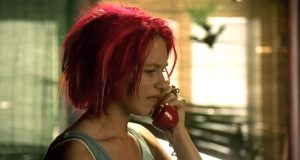


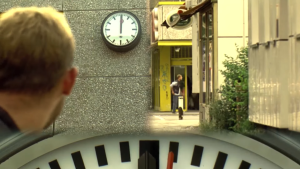

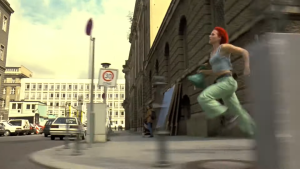
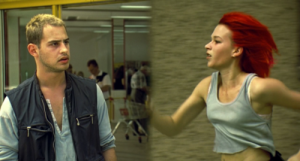
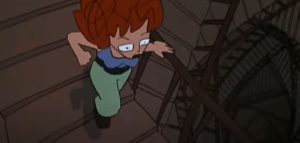
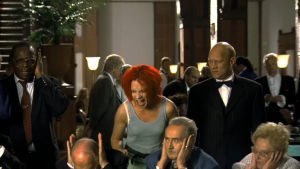

Conclusion:
“Run Lola Run” is a great showcase of what cinema can do for storytelling. The momentum of the story mixed with Lola’s determination to achieve her goal each time makes for an amazing tale. Tykwer made amazing editing choices to help tell this story. This film can be rewatched and still match the energy the first time it was viewed. An amazing film I’d recommend to anyone to check out at least once.
-Quincy Harris
Looping With Lola
Run Lola Run is one of the most fascinating films I’ve seen to date. From the cinematic imagery to camera positions, describing this film to someone who’s not seen it before may throw them for a loop. Describing the narrative momentum of Run Lola Run is the focus of this post however, so let’s dive into it.
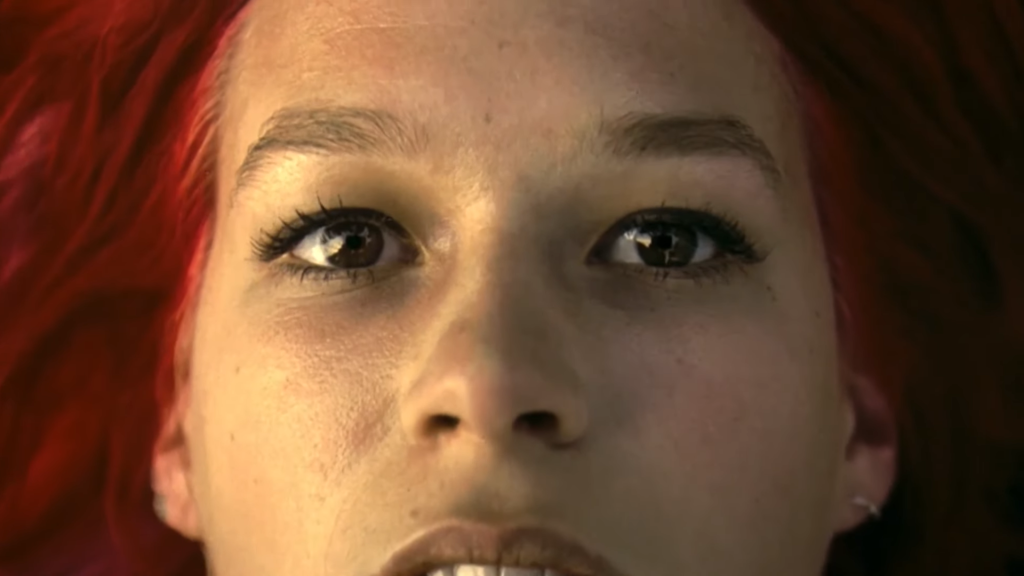
How does this film manage to keep the attention of the audience? There’s certainly a lot going on even before the time loop aspect is introduced. There are a handful of factors that retain the film’s momentum, the first being attention to detail.
The first loop introduces most of the films characters that in sequential loops have their lives changed by Lola’s actions. We see this through the pictorial montage after Lola interacts with people. As the audience, it’s interesting to us to see how the lives of the characters change with each time loop. It may entice the audience to think how the next loop will affect these characters, maintaining their interest and giving the film more room to explore this narrative.
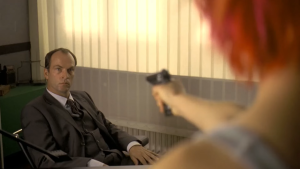
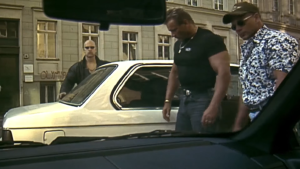
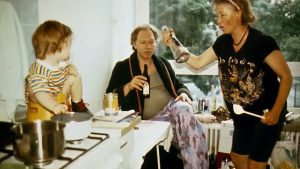
Not only do we see repeated characters through each time loop, but objects as well. Clocks are the “golden object” if you will, or the object controlling the flow of the film for the audience. The clock displays where Lola is in the narrative, especially in the following time loops. A clever plot device that helps push along the story while keeping the audience engaged with Lola’s journey.
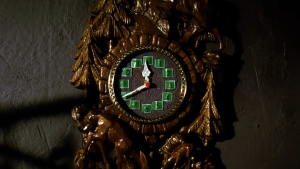

Similar to the clock, locations in the film are repeated to clearly inform the audience that a time shift is taking place. These locations also help to pinpoint Lola’s location in the narrative, such as the train crossing over the bridge that Lola runs under.
Lastly, Run Lola Run maintains the narrative flow using incredible cinematography and a tight-nit story. There are a few questions left unanswered in the film such as why Lola has super-human screams, how the time loops are happening, and other similar vein of questions. These questions don’t need answering however as I believe the story would become too convoluted for the audience if they were.


To coincide with this point, the films’ identity in the form of cinematography has no real definition since the story has no real answers. The film diverts the audience’s attention with animation, various camera shots, and overall flow to allow the audience to focus on other aspects of the film and ignore the rising questions.
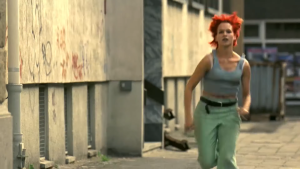
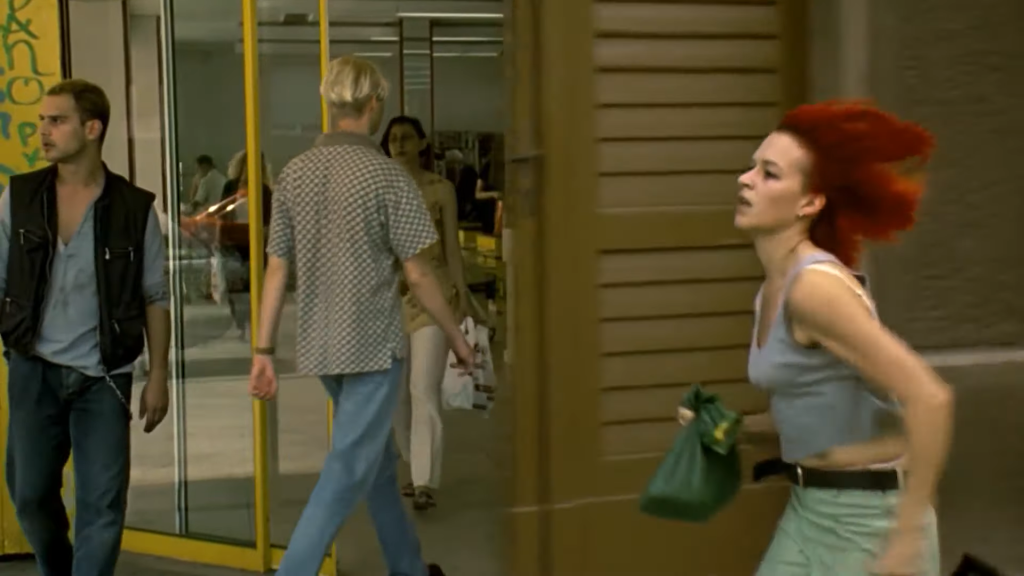
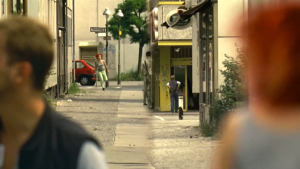
I will be recommending this film to everyone I know.
Take care,
-Caleb